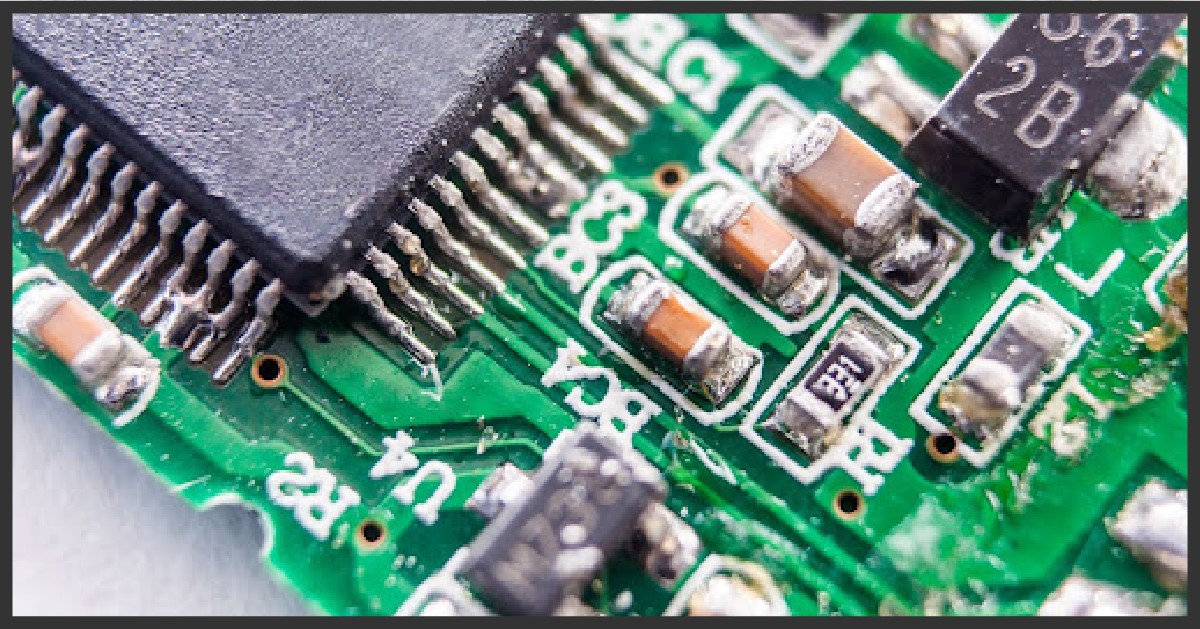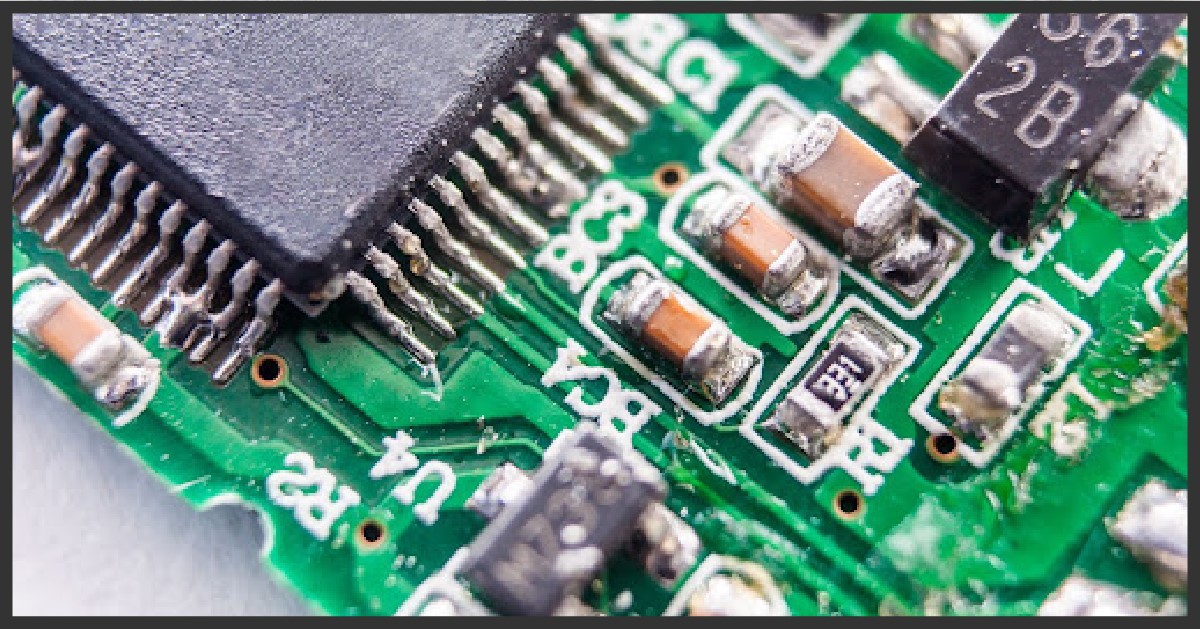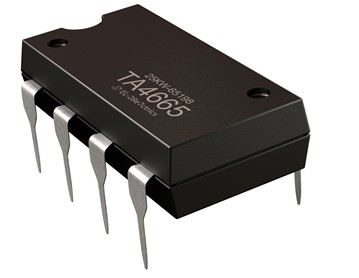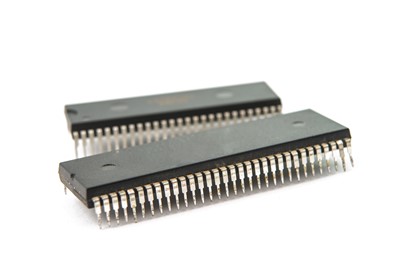What is an IC Chip Used For?
Currently valued at $483 billion USD, the semiconductor market is expected to grow by 9.2% annually until 2029. This makes sense when you consider that these IC chips are the heart of all modern-day consumer electronics. But, what exactly is a computer IC chip used for? Read on to see the answer and learn about integrated circuits in computers, and how integrated circuit chips work in 2023.


The History of IC Chips
The evolution of IC chips is a testament to the rapid advancements in technology over the last few decades. In the 1960s, the first integrated circuits were rudimentary and could only hold a few transistors, marking a significant leap from the bulky vacuum tubes of earlier computers. To further put things into perspective, the Intel 4004 (introduced in 1971), was one of the first commercially available microprocessors and contained a mere 2,300 transistors. Fast forward to today, and we have chips like Apple's A14 Bionic, used in the iPhone 12 series, with over 11.8 billion transistors. This exponential growth (often cited as Moore's Law) highlights the incredible journey from room-sized computers to pocket-sized supercomputers. And it’s all thanks to the relentless evolution of IC chips
What Is an IC Chip Used For?
If you haven't heard the term "integrated circuit," you may have heard the concept referred to as a microchip or semiconductor chip. The SIA explains that semiconductor chips "...are typically made from pure elements, typically silicon or germanium, or compounds such as gallium arsenide". They are small semiconductor wafers that hold millions of tiny electronic components. A single chip includes a multitude of fabricated components such as resistors, transistors, capacitors, and diodes. Integrated circuit function includes but is not limited to tasks, such as:
- Signal processing
- Amplification
- Oscillation
- Timing
- Computer memory storage
- Micro-controlling
- Micro-processing
These microprocessors can sometimes also perform advanced mathematical calculations or act as temperature sensors.
Devices That Use IC Chips

Some common devices that IC wafers operate include:
- Desktop computers
- Laptops
- iPad® or other tablets
- Cell phones, including smartphones
- Network switches
- Amplifiers (for microphones or electric instruments)
- Household appliances (microwaves, washing machines, etc)
Why Are IC Chips Important?
Almost all modern electronic devices function using an IC. You can see them in the form of a flat chip that spans under an inch. This tiny space is the area on which a multitude of microscopic components lay, making the device function.
Space-saving is one of the main benefits of ICs. They are extremely small in size and have virtually no weight, which saves users the hassle of hauling around heavy machinery with multiple large components. For example, people in the past needed to haul around heavy computer processors, but now they can derive the same function from an IC.
Since the parts on an IC chip are microscopic, they do not consume a lot of power. This means lower electric bills and better battery life for portable devices. Replacement is also a simple process when you use an integrated circuit. You can often find new chips for very low prices.
Design and Construction: Integrated Circuit Elements
At the invention of ICs, each transistor for a device came in a separate plastic package. The components were so large that each early IC could only hold a few of them. They would be wired together on a circuit board.
Today, IC chips can hold thousands of times more than what they once were able to. This is because of the development of solid-state electronics. Modern ICs come with individual components embedded directly into the silicon crystal. They no longer are just mounted to the surface but are instead a fundamental part of its construction. These wafers are fragile because they have multiple intricate connections between layers. When wafers are combined, their sum is called a "die."
It's impossible to position all components and connect them individually. As a result, designers use a programming language to build and combine small circuit elements. This ultimately increases the density of each chip so that your application's requirements are met. Experts have the knowledge and tools to program your components, so make sure that you work with a professional like ProEx who knows what they are working with.
The Two IC Chip Types
Linear ICs

Linear ICs, also known as analog ICs, only use a few components in their construction. They have a continuously variable output that depends entirely on the signal level of the input. The idea is that instantaneous input and output can be graphed against one another as a straight line.
These ICs are used as radio amplifiers. They can turn devices off once a signal reaches a pre-set value, which is an invaluable asset for temperature control. This makes them perfect for HVAC systems and devices like ovens.
Digital ICs

Digital ICs are the other common IC chips. These IC chip types don't work at a continuous range of signal amplitudes but instead only work at a few defined levels/states.
They’re also made up of logic gates that hold binary data such as signals with two distinct states. They are used in common appliances like computers, smartphones, modems, and enterprise networks.
What Does the Future For IC Chips Hold?
The next wave of IC chips is set to revolutionize a wide variety of sectors, from healthcare to automotive. Neuromorphic computing, which mimics the human brain's architecture, is paving the way for chips that can process information more efficiently, offering potential breakthroughs in AI applications. Meanwhile, the push towards sustainable and green technologies is driving the development of energy-efficient ICs, vital for battery-operated devices and electric vehicles. We also see the integration of photonics with electronics on the horizon. This is where chips will utilize light instead of electrons for data transmission, promising ultra-fast and low-energy communication. As the lines between biology and technology blur, there's even exploration into bio-integrated ICs that can interface directly with living tissues. The future landscape of IC chips is not just about smaller and faster. It’s also about smarter, more adaptable, and more in tune with the current world they serve.
Key Takeaways:
- Electronic IC chips are small semiconductor wafers that hold millions of tiny electronic components.
- IC chips are used in many common devices such as computers, cell phones, household appliances, and more!
- The future of IC chips involves being smarter, more adaptable, and in tune with the current world.
More Information About Electronic Components
Now that you know the basics of IC chips and how they work, it's time to begin tailoring your devices to meet your applications. At ProEx, we’re an IC chip manufacturer committed to helping you ensure that your circuit works successfully. Contact us today, to request a quote for your project to learn how you can create and customize your chip.